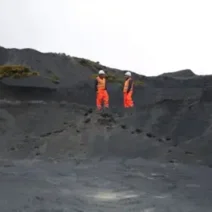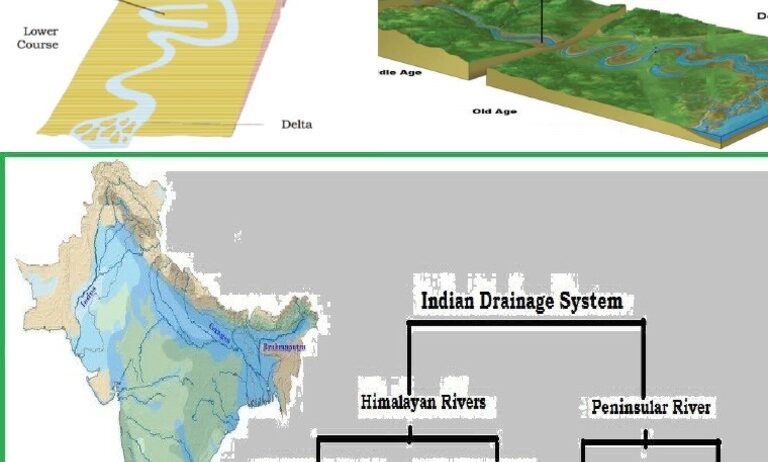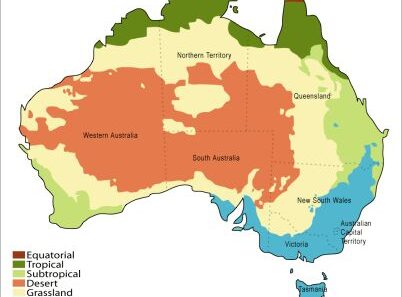Monsoons are iconic, bringing with them a symphonic interplay of ecstasy and devastation. They embody the rhythm of rain and sun, shaping landscapes and societies in complex ways. Understanding monsoon climates requires a multi-faceted exploration of meteorological phenomena, regional variations, and socio-economic impacts. This narrative embarks on an intricate journey into the world of monsoon climates, delving into their characteristics, regional distributions, and the fundamental role they play in environmental sustainability.
To decipher what constitutes a monsoon climate, one must first grasp the essence of what “monsoon” signifies. Deriving from the Arabic word “mausim,” meaning season, it encapsulates a cyclical climatic transition. The hallmark of a monsoon climate is the pronounced seasonality in rainfall, where a significant portion of annual precipitation occurs during a relatively brief period, punctuating dry spells with torrential downpours. This dichotomy between wet and dry seasons is imperative for diverse ecosystems, agriculture, and water management strategies in affected regions.
Globally, monsoon climates predominantly reside in tropical and subtropical zones. The most recognized manifestation of this climate is the Indian Monsoon, a complex system driven by the interplay of land and ocean temperatures. As the sun warms the Indian subcontinent, the pressure differential between land and water surfaces creates a vacuum that draws moisture-laden winds from the Indian Ocean. These winds ascend, cool, and precipitate, leading to the dramatic deluge characteristic of monsoon season. Interestingly, this climatic phenomenon is not localized to India; regions like Southeast Asia and West Africa also experience similar monsoonal effects.
However, the implications of monsoon climates extend far beyond mere precipitation patterns. The monsoon season heralds a vital transformation in agricultural practices. An estimated 60% of India’s agricultural output hinges on monsoon rains, a sector reliant on the alchemy of soil and water. Farmers meticulously time their sowing and harvesting to align with the monsoonal rhythm—planting rice, pulses, and various crops optimally suited to thrive under these conditions. Yet, this dependence engenders vulnerability; erratic monsoon patterns—intensified by climate change—can precipitate droughts or flooding, thus destabilizing food systems.
The interplay of monsoons with biodiversity is equally compelling. Tropical rainforests, savannas, and wetlands are intricately tied to monsoonal cycles. In the Amazon, for example, seasonal precipitation affects not just flora but also fauna, dictating migration patterns and breeding seasons. In India, the Western Ghats are renowned for their rich biodiversity, nurtured by monsoon rains. The seasonal influx of water rejuvenates ecosystems, giving rise to vibrant life cycles. Yet, as human intervention reconfigures landscapes through deforestation and urbanization, the delicate balance of these ecosystems faces unprecedented threats.
Incredibly, monsoons are also tied to a larger climatic orchestra that spans the Earth. The El Niño Southern Oscillation (ENSO) phenomenon can dramatically alter monsoonal behavior, engendering both heavy rainfall and unprecedented droughts across vast regions. During an El Niño year, the warming of ocean surface temperatures can disrupt the normal patterns of monsoon winds, bringing about erratic weather systems that can have deleterious impacts on agriculture, ecosystems, and water supply. This intricate balance demonstrates the interconnectedness of global weather systems and the cascading effects of climate variability.
As human societies grapple with the ramifications of climate change, understanding monsoons becomes increasingly critical. The warming planet exacerbates existing patterns of rainfall, leading to a greater frequency of extreme weather events. Consequently, regions formerly deemed secure from monsoonal chaos may find themselves at the mercy of torrential downpours or relentless drought. Addressing these challenges necessitates innovative responses—from improved agricultural practices to enhanced water management schemes.
For instance, agroecological practices are gaining traction among farmers who adapt to the vicissitudes of monsoon climates. Utilizing techniques that enhance soil health, such as intercropping and contour farming, farmers can bolster resilience to water variability. Additionally, rainwater harvesting and soil moisture conservation techniques represent sustainable approaches to mitigate the impacts of irregular monsoon patterns. These adaptive strategies not only enhance food security but also promote ecosystem health—an essential consideration in the fight against climate change.
Furthermore, there is an indigenous wisdom and knowledge base surrounding monsoon climates. Local communities, with their historically rooted understanding of climatic patterns, often possess invaluable perspectives on sustainable land management. Their practices, honed over generations, can offer critical insights into mitigating the adverse impacts of shifting monsoon patterns in our modern context. The reconciliation of traditional knowledge with contemporary scientific understanding presents a promising avenue for holistic climate solutions.
In conclusion, the monsoon climate serves as a reminder of the earth’s intricate systems and their profound impacts on human life. It evokes both admiration and trepidation, an annual phenomenon that revives the land while simultaneously challenging its inhabitants. As climatic conditions evolve, the lessons drawn from the monsoon experience can illuminate pathways toward resilience and sustainability, revealing a world interconnected by the rhythm of rain and sun. Embracing the marvelous complexity of monsoon climates offers not only scientific insights but also a profound opportunity to rethink our relationship with nature and foster a more sustainable future.







